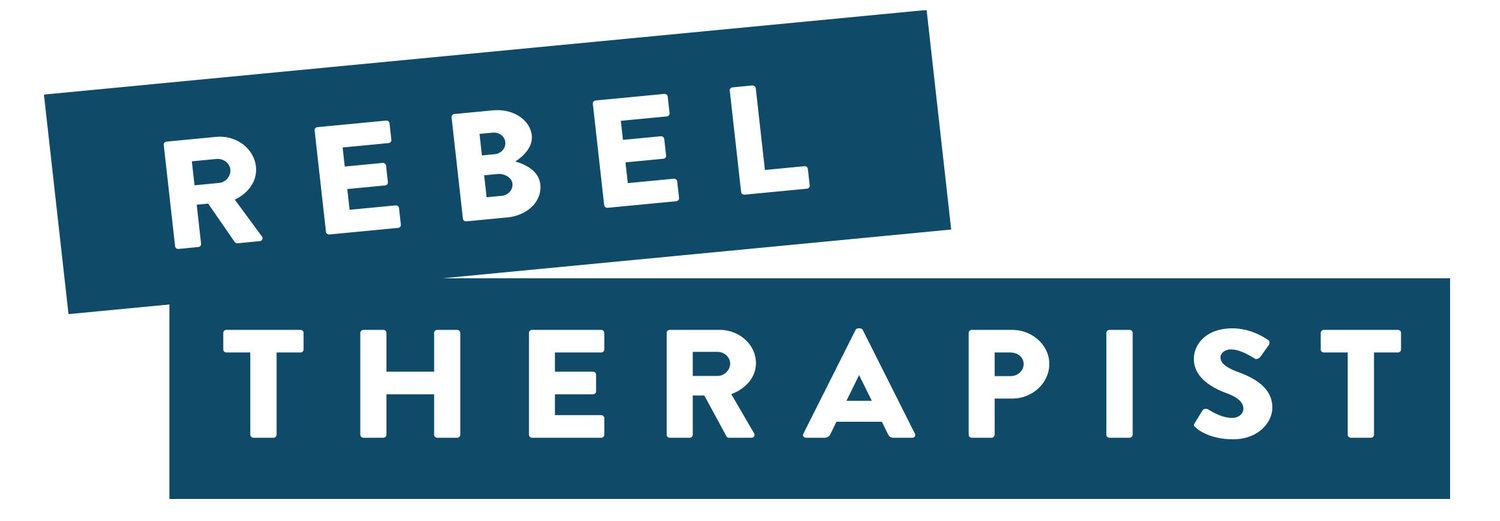In this series, I’ve been walking you through 11 keys to writing great copy for your website pages. Great copy helps your conversion rate, meaning more of your website visitors will turn into clients. Here are all eleven keys.
- Identify your Superpowers
- Find your authentic writing style
- Write to a person (or a small group of people)
- Identify their pain
- Identify their hope
- Express what you believe about therapy
- Make each page simple
- Use headlines, not greetings
- Give a clear call to action
- Create a logical structure for your site
- Edit out any professional jargon
In this post I’ll walk you through the last 5 keys.
Make each page simple
When you write a page on your website, it’s tempting to include a lot. You don’t want to leave out anything that your potential client needs to know about you, your therapy practice, or the issues you help with. There’s so much you want to share with your potential clients!
Step away from the keyboard.
We read web content differently than we read print content. Assume your readers are skimming. Rather than reading through the content in order, your visitors read across the top of the page, then quickly read only some of the rest of the words on their way down the page.
Visitors tend to engage on a website by clicking through to view more pages rather than by reading entire pages.
Give your visitors a comfortable experience on your site by keeping it clear and simple.
Focus on making one main point per page.
Got more to say? Add a blog to your site and start writing articles for those visitors who want to go deeper.
Use headlines, not greetings.
Don’t use a greeting such as “welcome to my website” or “This is a safe place.” Those kinds of headlines waste precious real estate.
The headline is the first thing your visitors will read, and for some it may be the only thing they read. Use your headline to say something important about your right-fit client or the way you help. In part 2, I told you that you need to identify and name 3 things: your potential client’s pain, their hope, and one key that helps them heal in therapy. Your headline should be a statement or a question that focuses on one or more of those three elements. Don’t try to summarize your entire practice in your headline. Say something simple that pulls your visitor to read further.
Give a clear call to action.
What do you want the visitor to do? Make that clear on every page. Your call to action may be to set up a free phone consultation, call you, or schedule online. Tell the visitor exactly what to do. Even if you have a contact page, you’ll also give a call to action on every page.
Create a logical structure for your site.
There’s not one right way to structure your site. Imagine the journey of your right-fit client and consider what pages you’d most like them to see. Make those pages easy to find and linked at the top of your home page. Is there one specialty you want to focus on more than all others? Place that front and center so that your right-fit client can’t miss it. Ask a few different friends to look at your site while you’re sitting with them. Watch how they navigate your site and see if there’s anything you need to shift to make it easier or more logical.
Edit out any professional jargon.
Who is your right-fit client? Unless they are a therapist, you’ve got to edit out the professional jargon. As therapists, we’re so used to talking about our work that we forget how much we’re speaking therapist.
Do a jargon audit, looking through every page and finding places where you’re using words most people don’t use often.
The one place on your site where some of those jargon words may belong is on your about me page. When you talk about your training and experience, you might use some words the average person wouldn’t be familiar with. When you use those words, explain what they mean. After your jargon audit, invite a friend who doesn’t speak therapist to read your copy. Ask them to point out any jargon you’ve missed.
Want more helpful resources to build your practice? Sign up below and I’ll drop a free article or resource in your inbox each week. No spam. Unsubscribe at any time.

